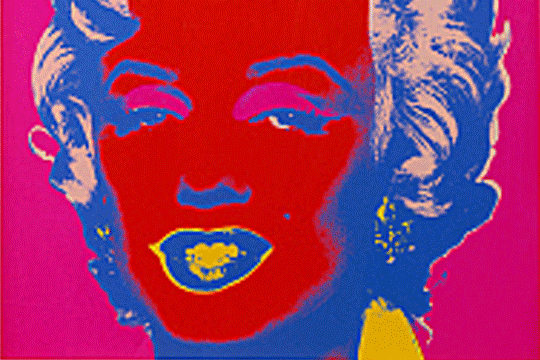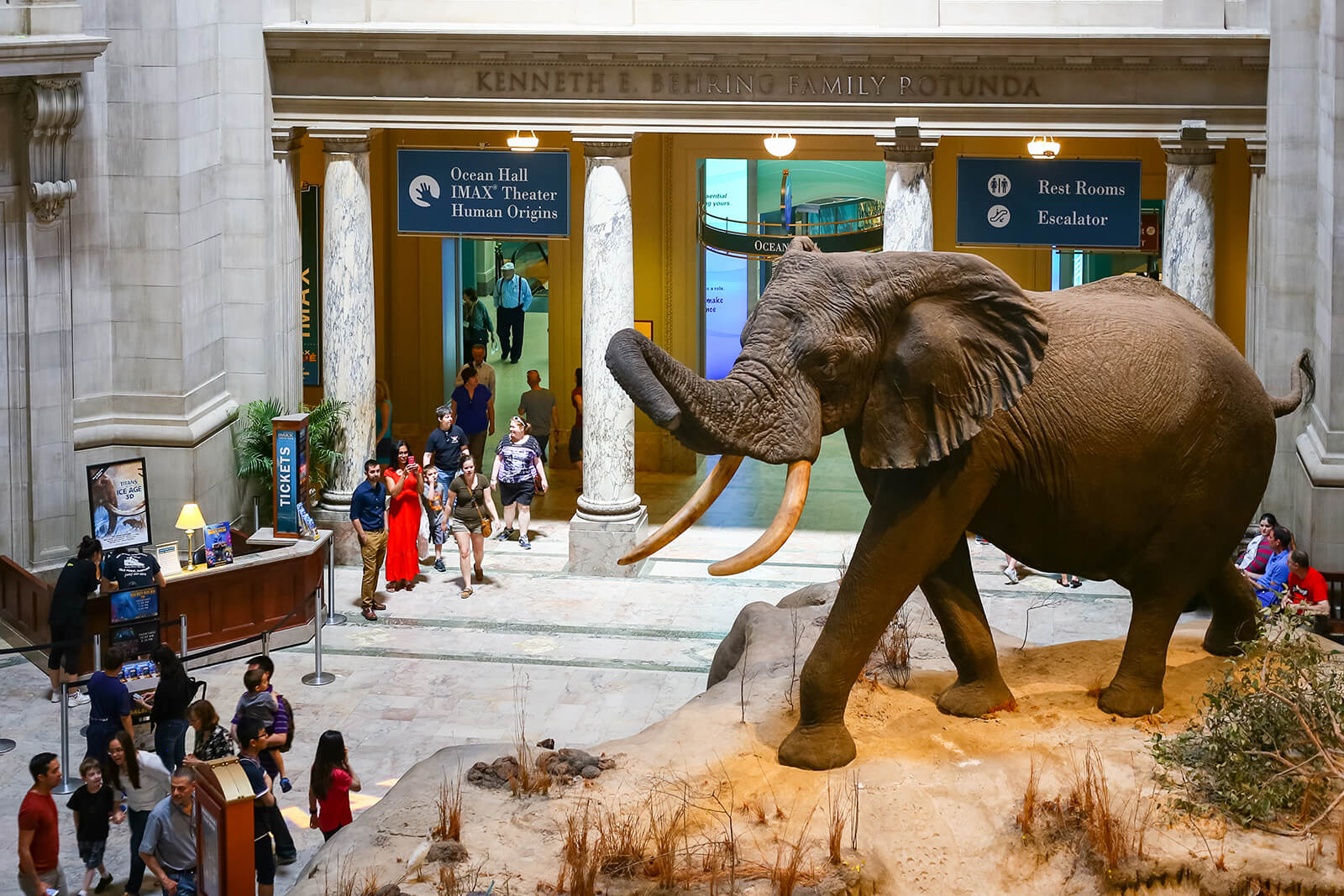
National Museum of Natural History
On the north side of the National Mall, the Natural History Museum attracts huge crowds everyday. It has little to envy of its New York counterpart with 127 million artifacts on display. “This is one of the world’s great natural history museums, with 18 exhibition halls, one of the largest IMAX screens in the world, giant dinosaur fossils, glittering gems, creepy-crawly insects, and other natural delights,” says Fodor’s.
Free everyday, the National Museum of Natural History is a favorite around here.
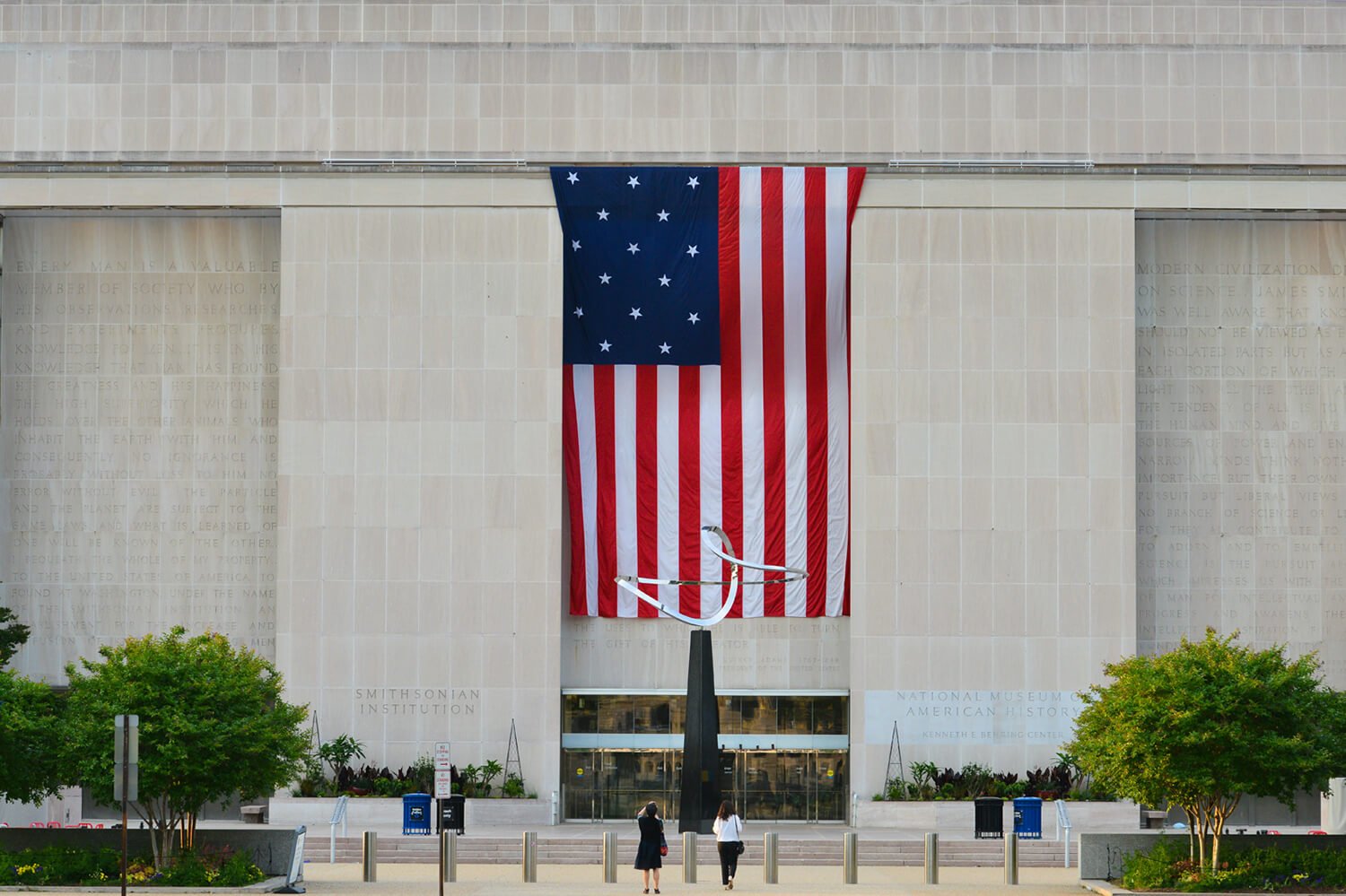
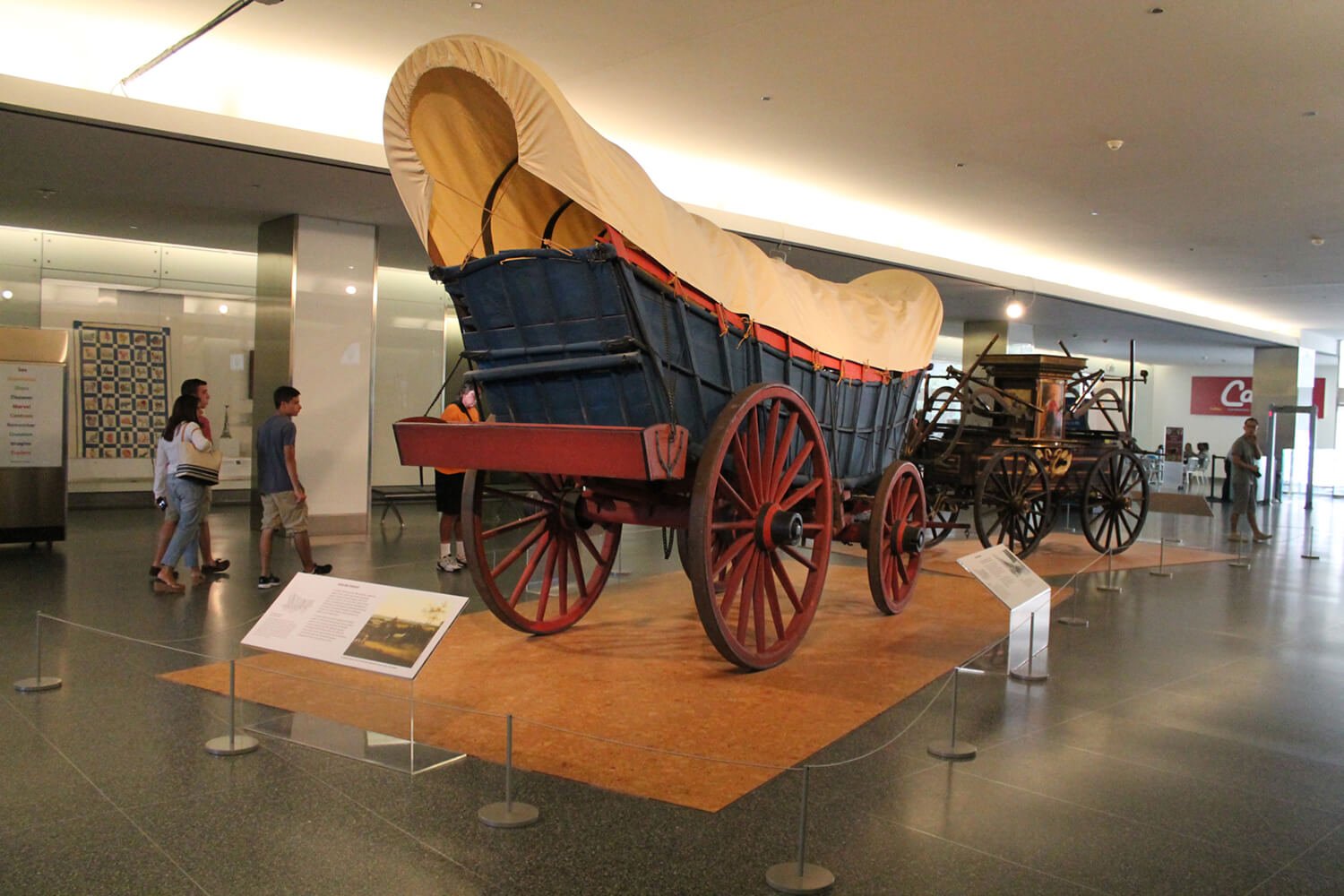
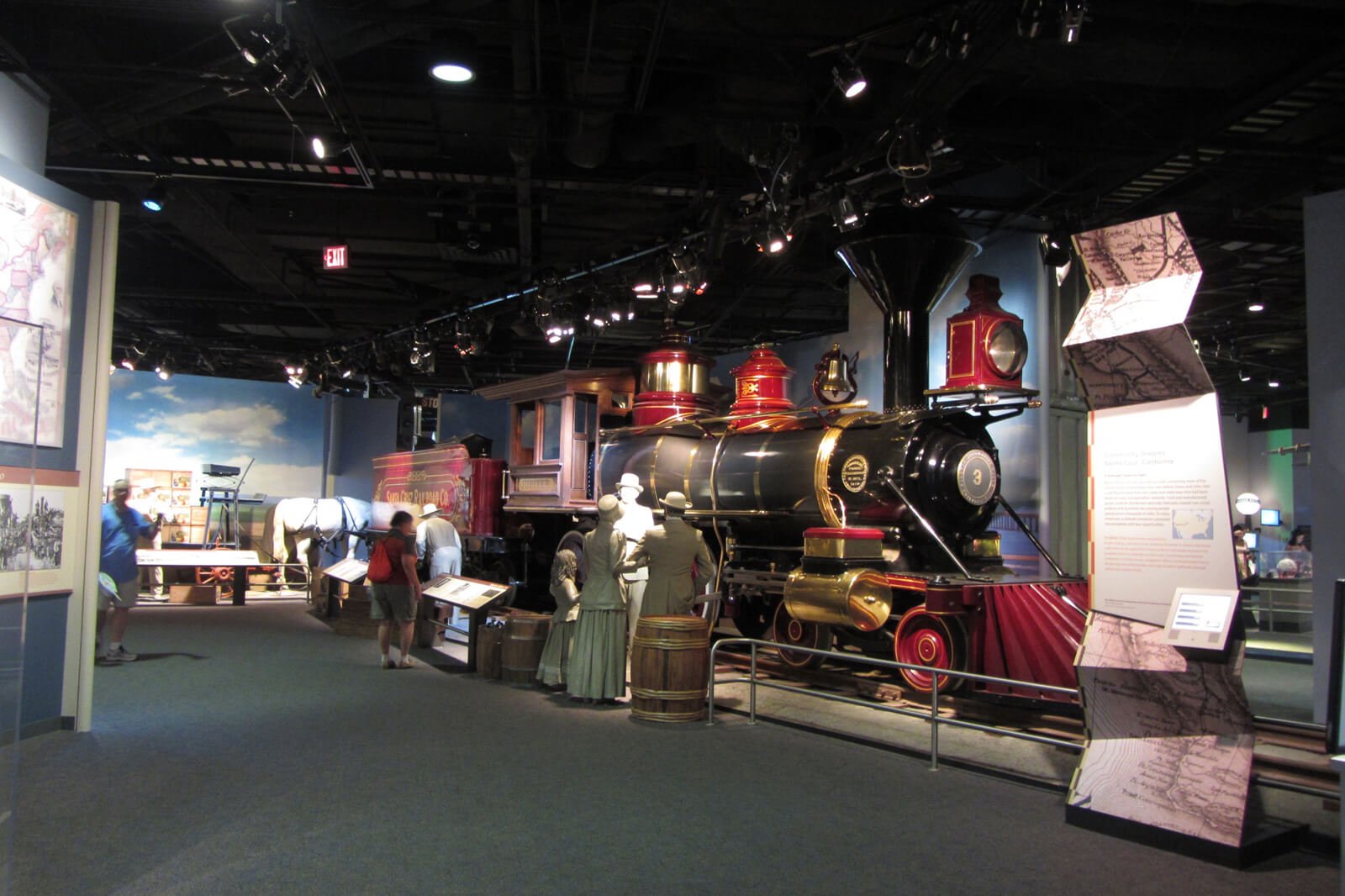
National Museum of American History
This museum houses artifacts from American History. The range is wide, and can go from cultural objects to military ones. “In general, this is a better museum for children than adults; displays tend to be bright and interactive, perhaps a little too much so for those seeking a more serious engagement with the nation’s history,” says Lonely Planet.
Perhaps the best museum choice for families, the American History Museum is usually crowded, so try to make it early in the day to get the best experience. It’s also a free Smithsonian.
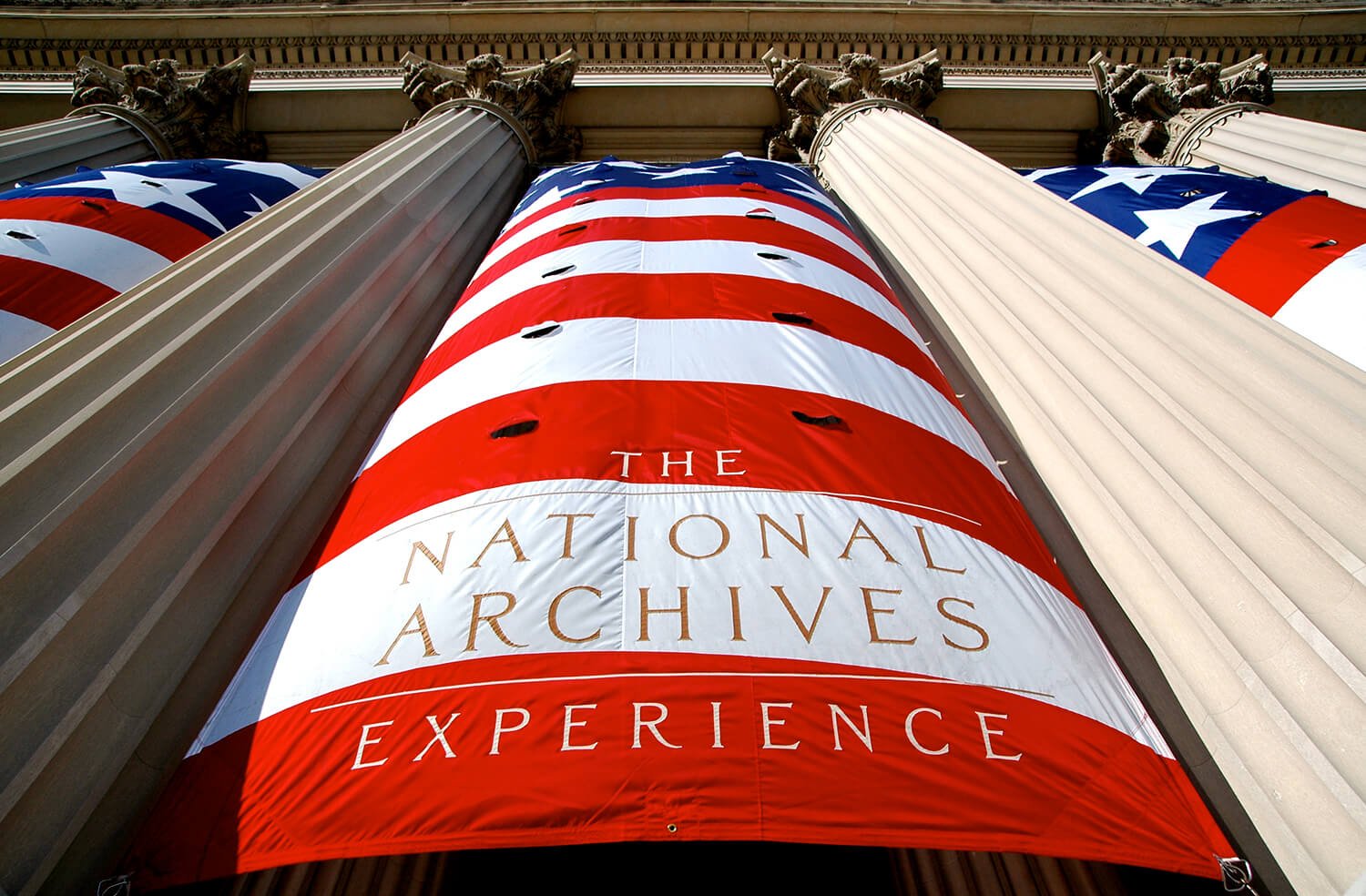
The U.S. National Archives
The National Archives are where some of the country’s most important records are held. The American Declaration of Independence, the Constitution, and the Bill of Rights are some of the main highlights. Seeing the three together can be a mind-blowing experience since you will understand just how much of the creation of the United States was based on faith and taking chances.
Fodor’s calls the Archives “monument, museum, and the nation’s memory.” Admission is free, but reservations are definitely necessary.
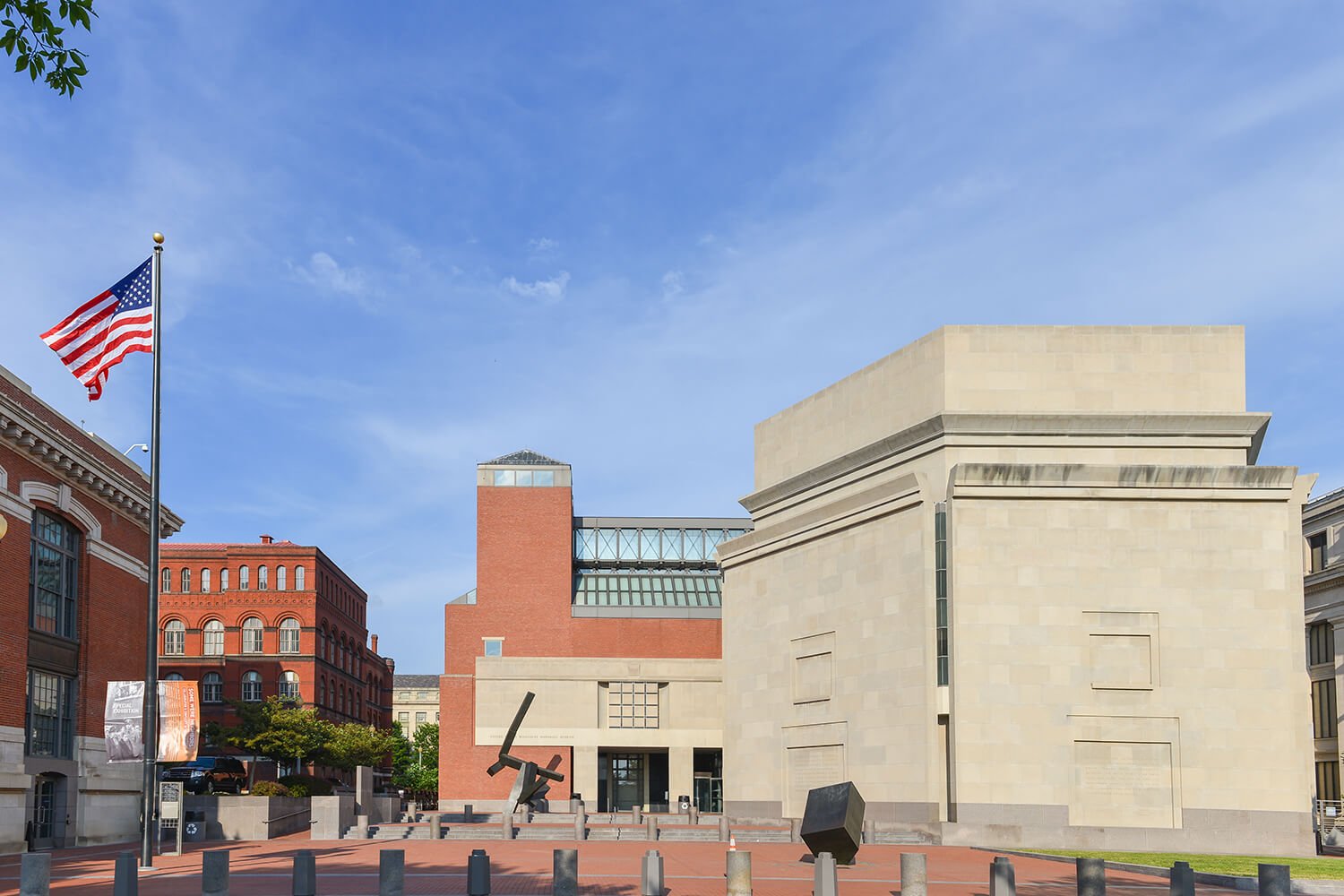
United States Holocaust Memorial Museum
A must-see for anyone seeking a deep understanding of one of the largest genocides of recent history, this museum seeks to teach. When you begin your tour, you’ll pick the identity card of an actual Holocaust victim, whose journey you will learn about throughout different parts of the exhibit. Other museum highlights covers the rise of Nazism, anti-Semitism, and the rest of World War II.
“You learn that anti-Semitism was nothing new, and observe for yourself in newsreels how Germans were bowled over by Hitler’s powers of persuasion and propaganda,” says Frommers.
The museum is free, and definitely worth a visit.
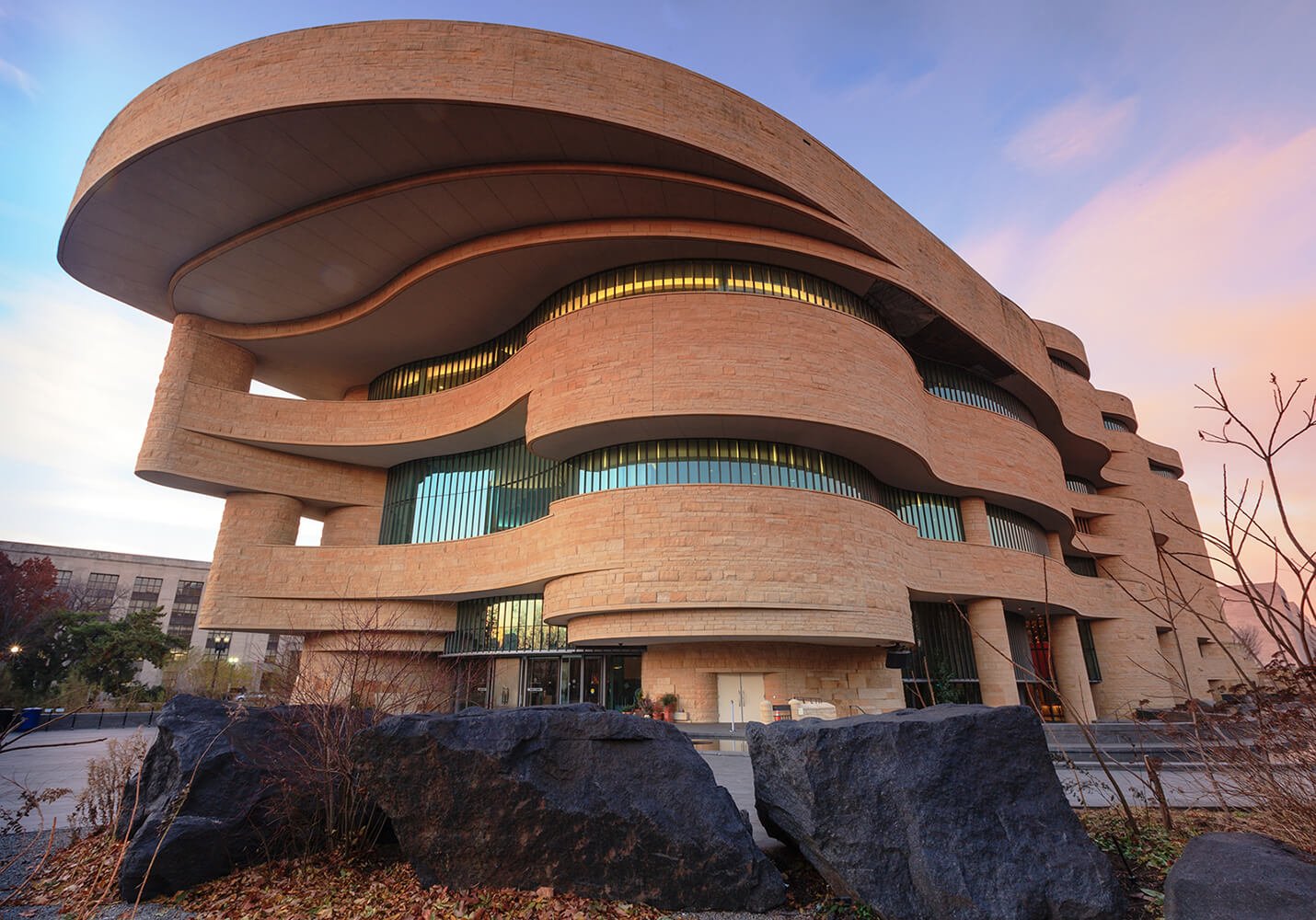
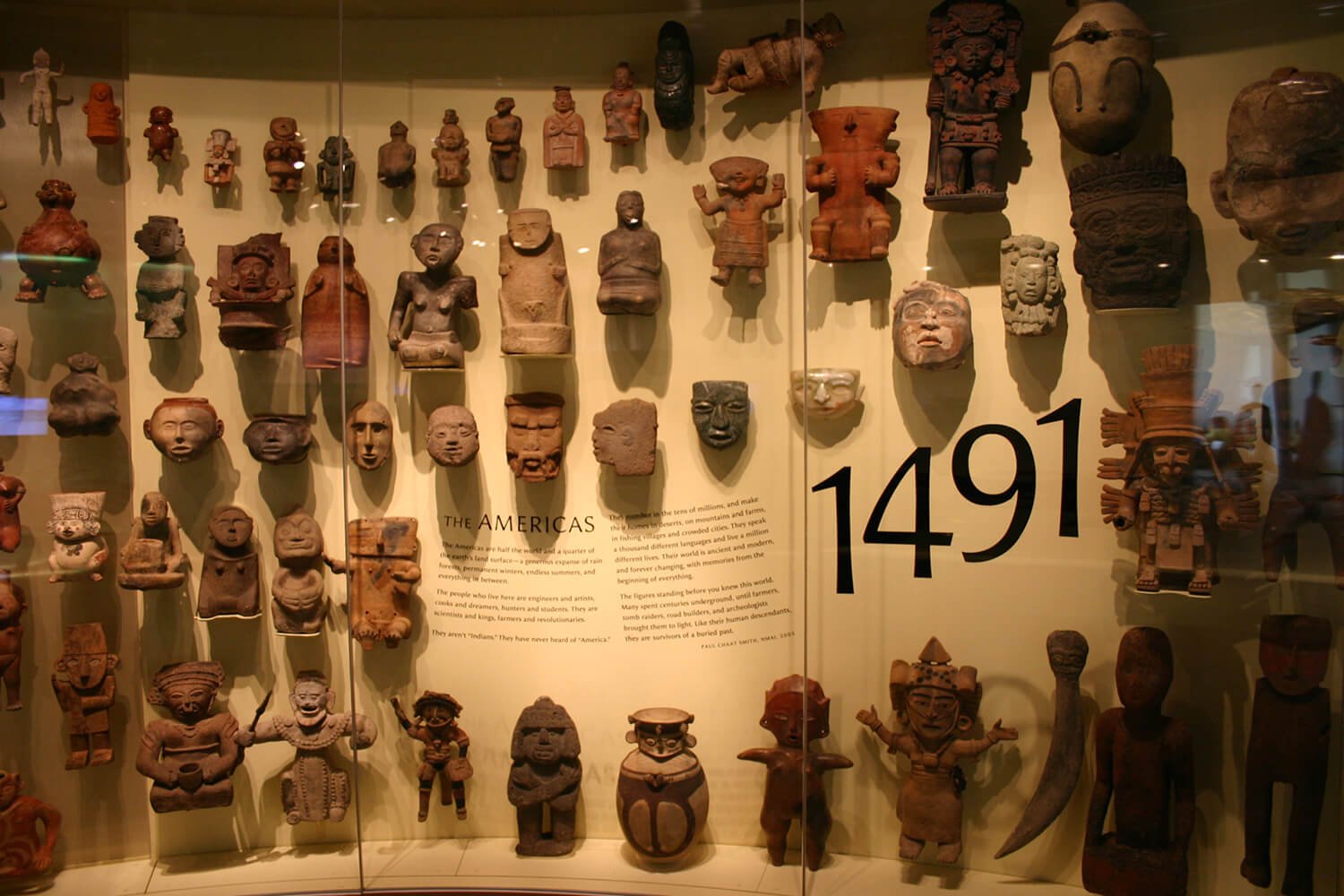
National Museum of the American Indian
One of the coolest features about the American Indian museum is that it was designed by a Native American team. This means that the actual building is as much a part of the message as the exhibits themselves. Time Out says “the details are extraordinary: dramatic, Kasota limestone-clad undulating walls resemble a wind-carved mesa; the museum’s main entrance plaza plots the star configurations on 28 November 1989, the date that federal legislation was introduced to create the museum.”
Like most Smithsonian institutions, the museum is free.
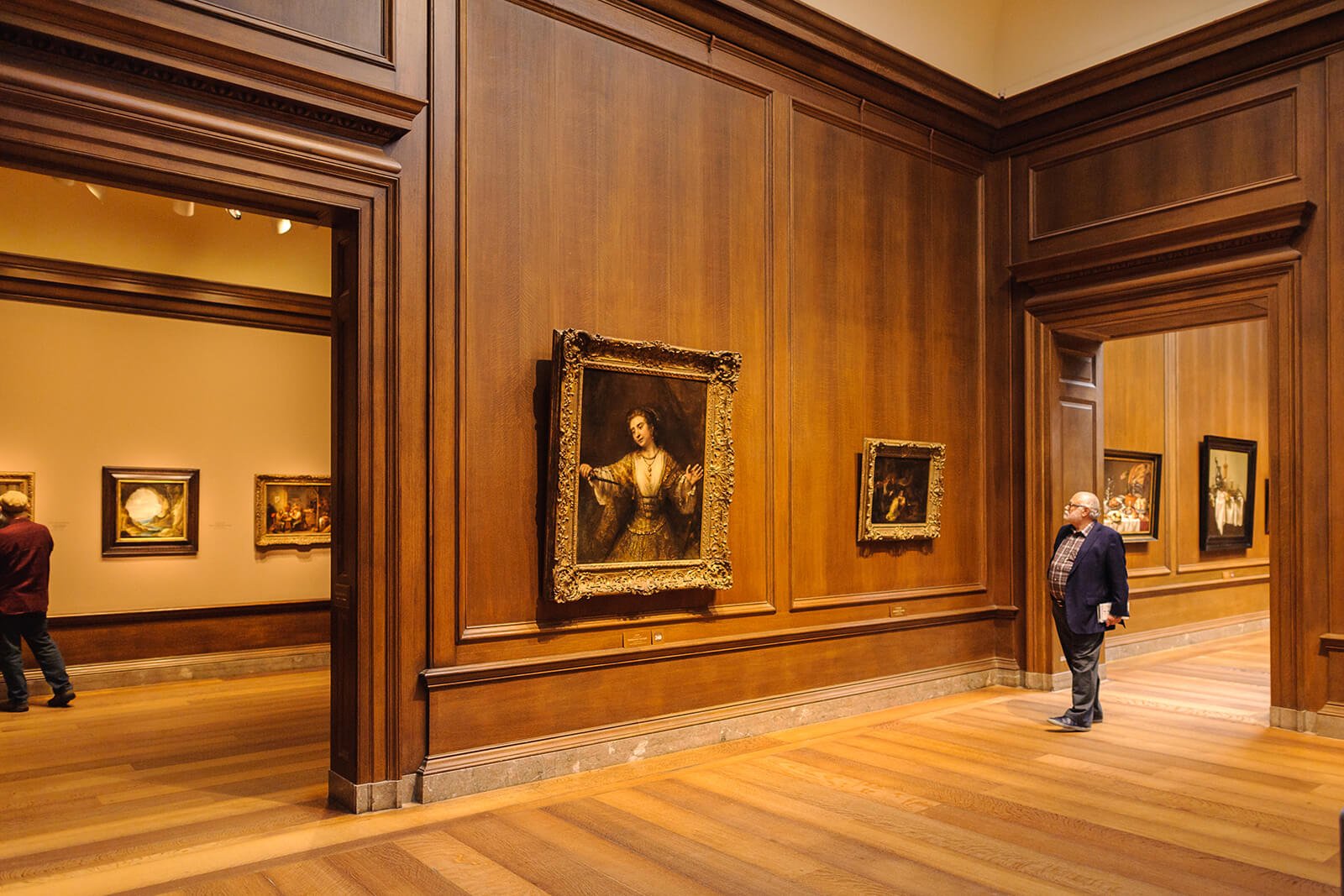
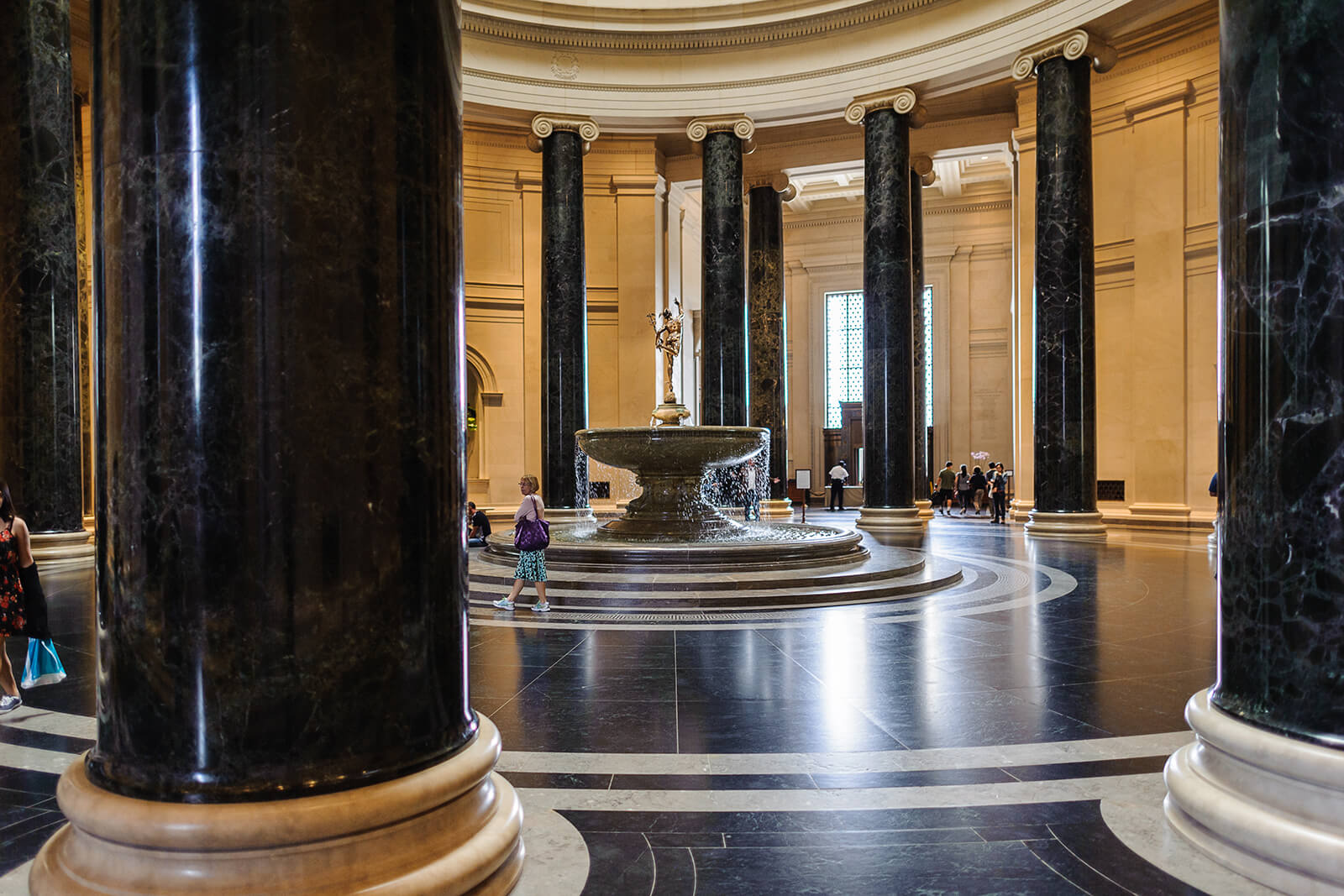
National Gallery of Art
The collection at the National Gallery is noteworthy because it extends from the Middle Ages to the present. The collection is giant: 100,000 pieces stored in two buildings. Travel + Leisure highlights the “array of classical masterworks by Vermeer, Monet, Rembrandt, and van Gogh—as well as the only da Vinci in America.”
As for the modern art lovers, the National Gallery also offers Picasso, Matisse, Pollock, and Warhol, all for free.
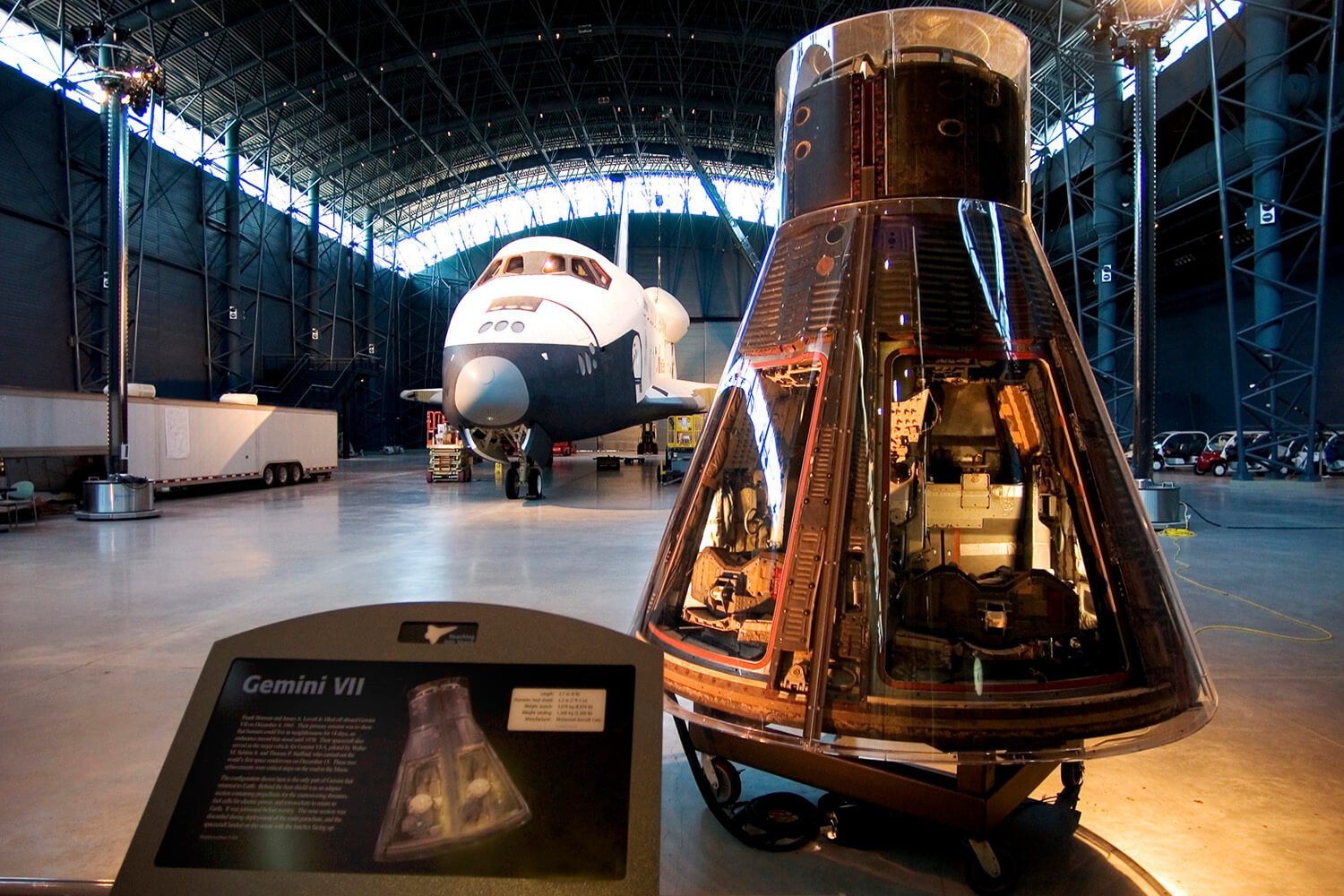
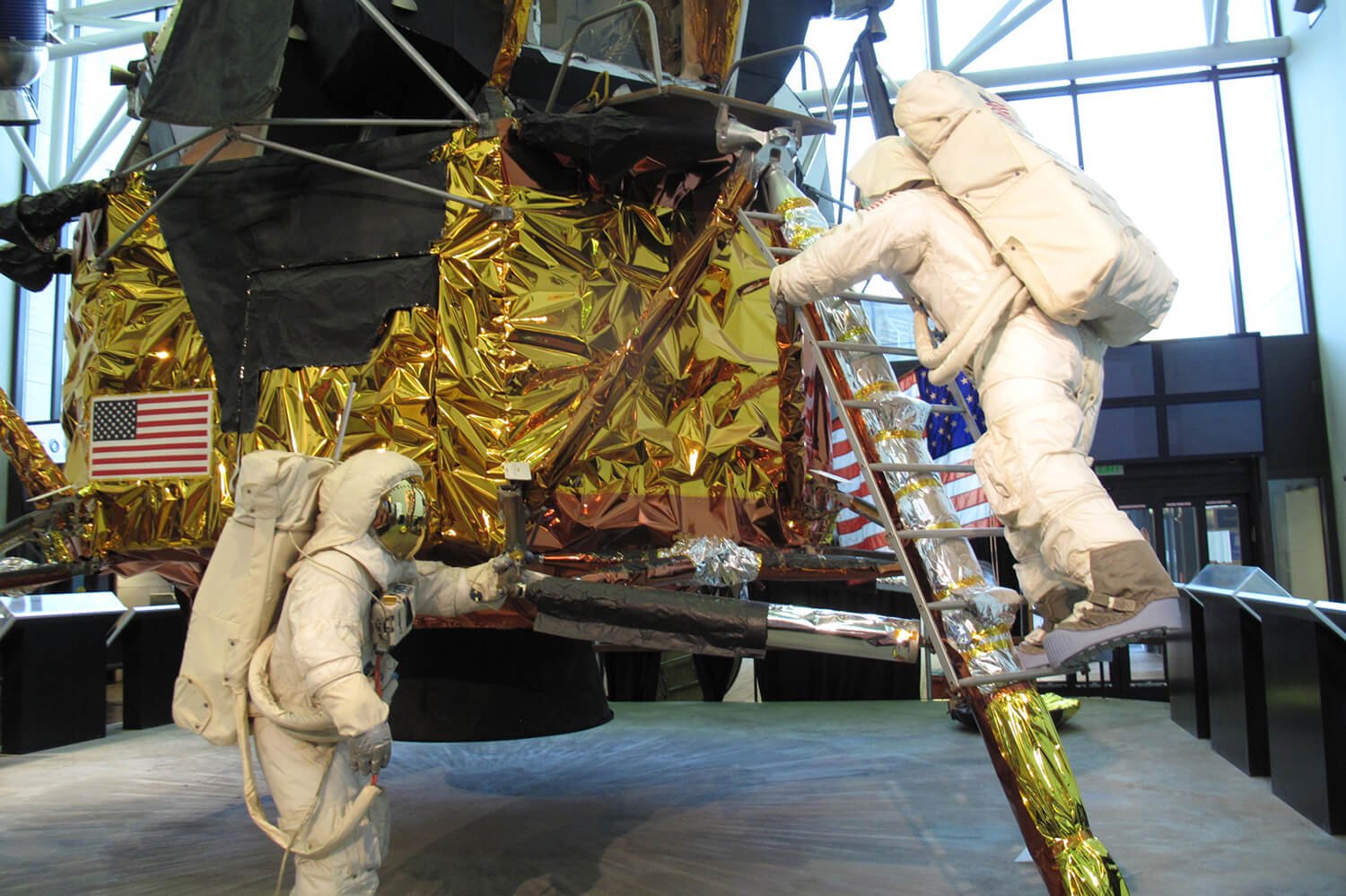
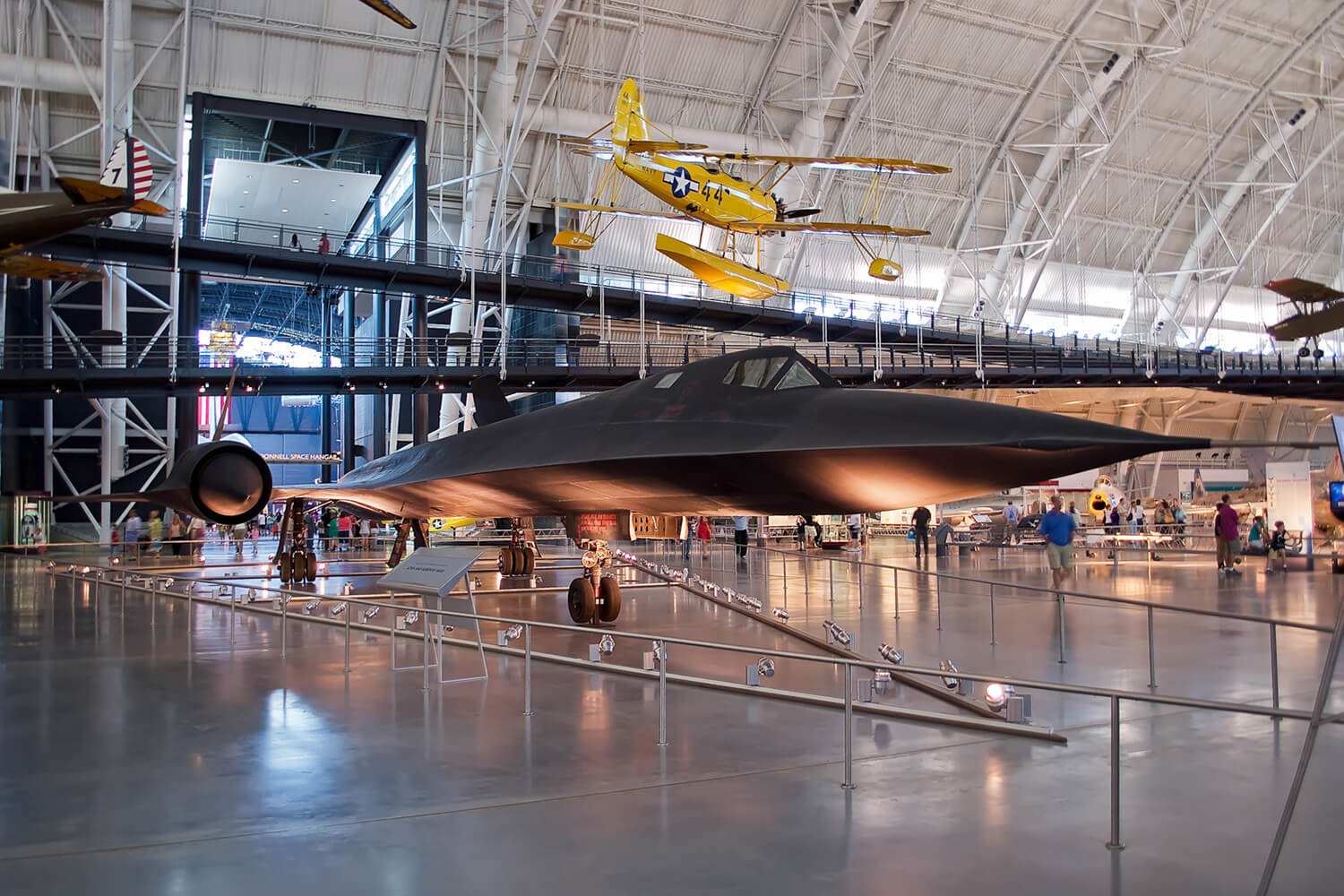
National Air and Space Museum
The 22 galleries at the Air and Space Museum tell the story of aviation from the earliest human attempts at flight to supersonic jets and spacecraft. It is often called the most popular Smithsonian museum.
According to Lonely Planet, “Everyone flocks to see the Wright brothers’ flyer, Chuck Yeager’s Bell X-1, Charles Lindbergh’s Spirit of St Louis, Amelia Earhart’s natty red plane and the Apollo Lunar Module. An IMAX theater, planetarium and flight simulators are all here ($7 to $9 each).”
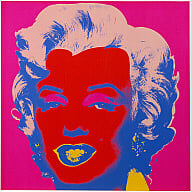
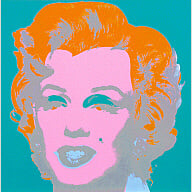
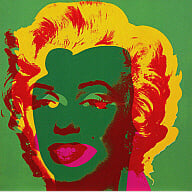
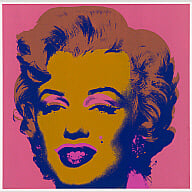
Marilyn Monroe by Andy Warhol
Unlike most of the other Smithsonian Museums located on the Mall, the National Portrait Gallery is found in the busy Penn Quarter of downtown DC. The impressive courtyard space is memorable in this museum, modeled after its namesake in London.
“Andy Warhol’s iconic Marilyn is here, alongside a striking kitsch-classical Elvis by Ralph W Cowan, looming huge over a rural scene with Gracelands in the background, as well as serious figures such as Hillary Clinton,” writes Time Out.
The last Smithsonian on this list is also free.
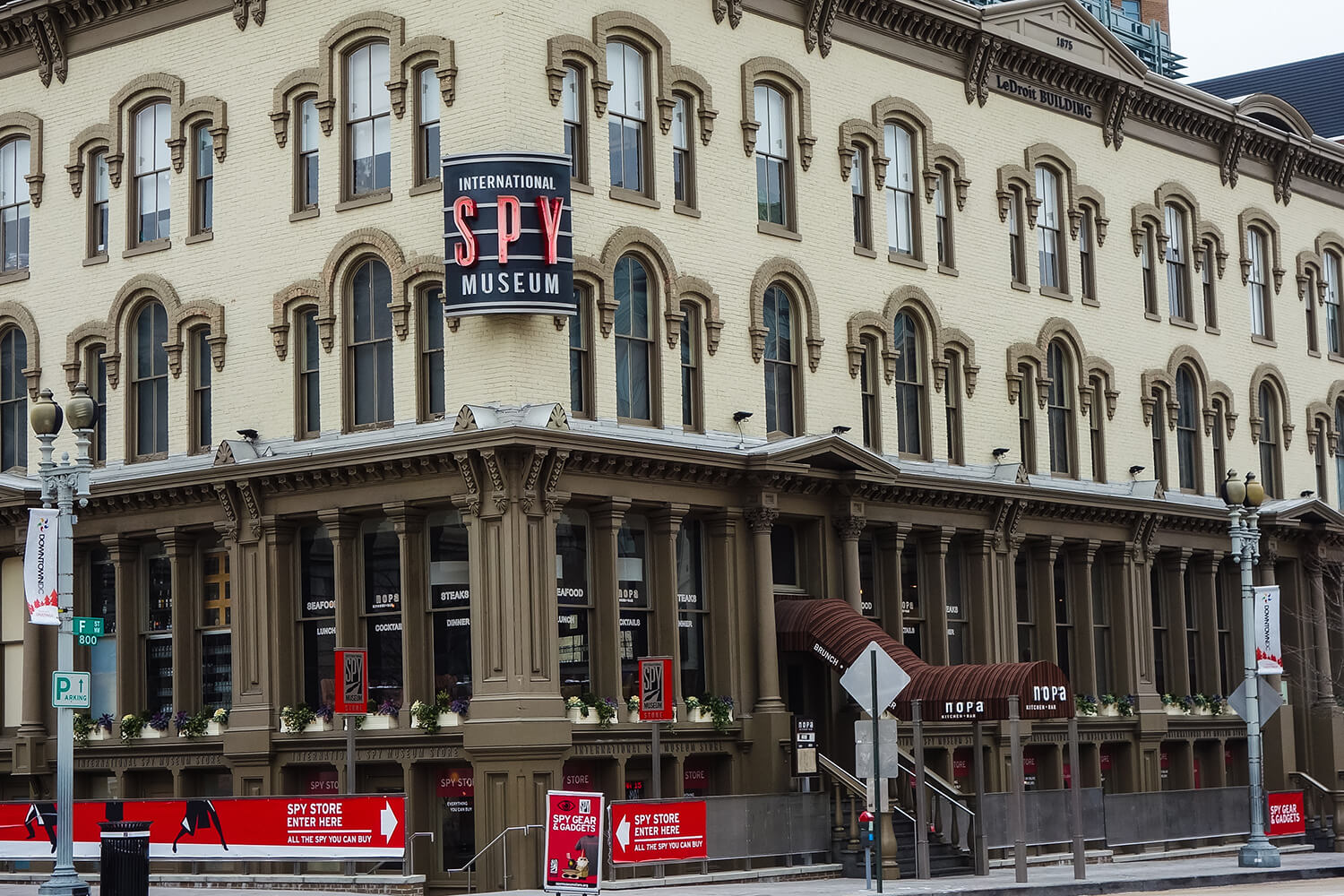
International Spy Museum
This family-friendly museum is quirky and fun. It houses gadgets that anyone will be keen to try. Plus, “visitors adopt cover identities, test their spy skills, and learn about the history of espionage and its role in the Civil War. The museum’s got plenty of spy-themed gifts (think lipstick pistols), plus an exhibit dedicated to James Bond,” says Travel + Leisure.
The Spy Museum does cost $22, though children can get in for $15. It’ll be worth it though, after you learn what to look for when it comes to suspicious activity.
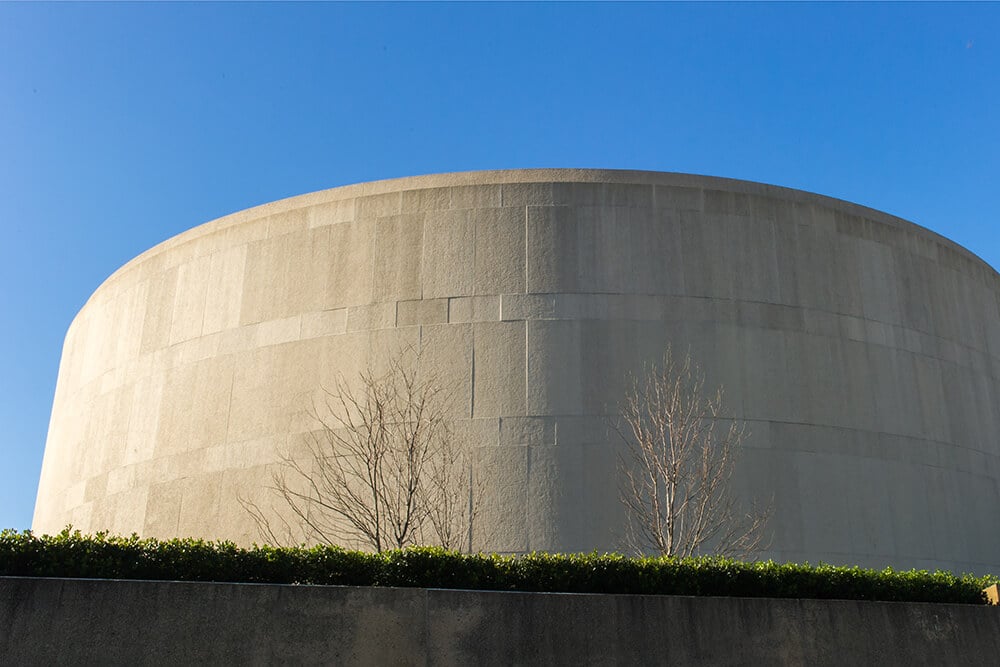
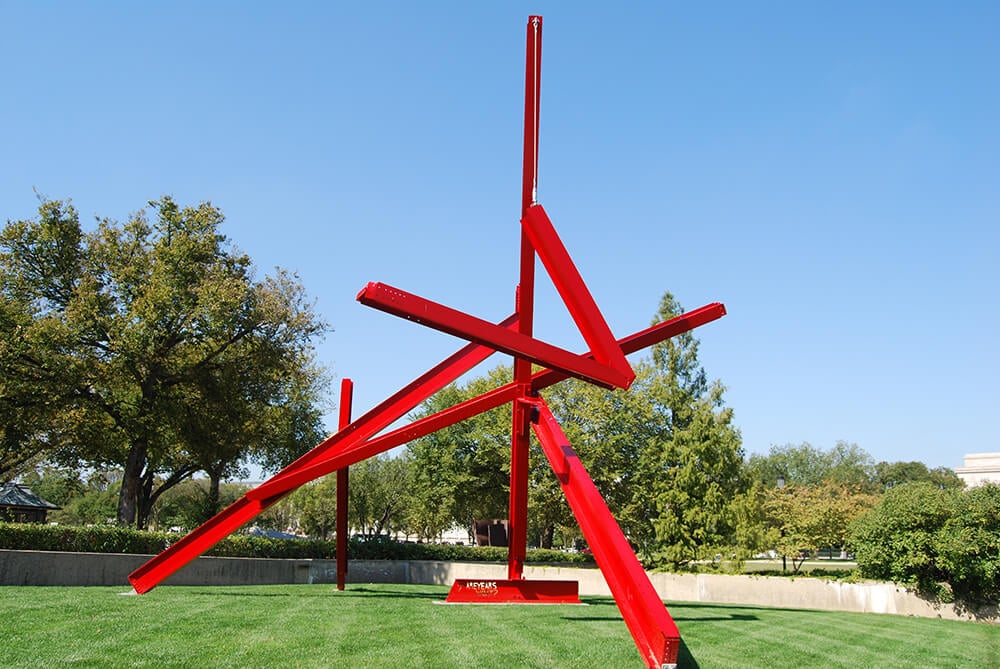
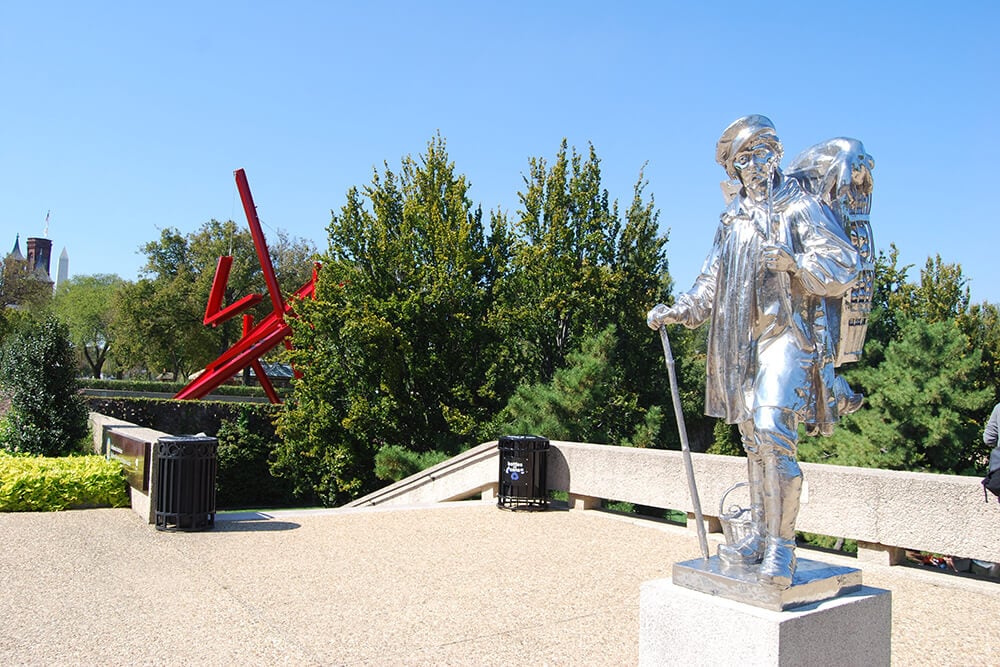
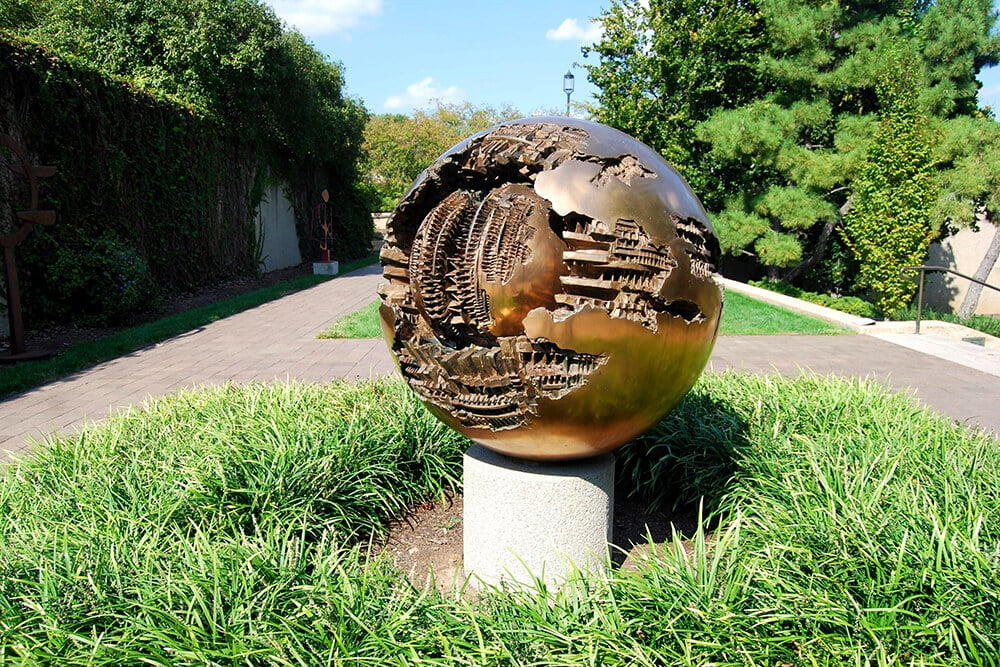
Hirshhorn Museum and Sculpture Garden
Joseph H. Hirshhorn, a Latvian immigrant who made his fortune in uranium mines, founded this museum. Frommer’s advises to “look for Thomas Hart Benton’s dizzying sprawl of figures in the 1920 painting People of Chilmark, Ellsworth Kelly’s vivid minimalist paintings, Dan Steinhilber’s sculpture made out of paper-clad wire hangers, Henri Matisse’s bronze casts, and Damien Hirst’s The Asthmatic Escaped II.” The Sculpture Garden is another highlight here.
The Hirshhorn is free for visitors.
A trip to DC is a huge blast from the past. It’s a city to understand how the United States began, and how it progressed. Make sure to visit as many museums as you can during your stay here.
